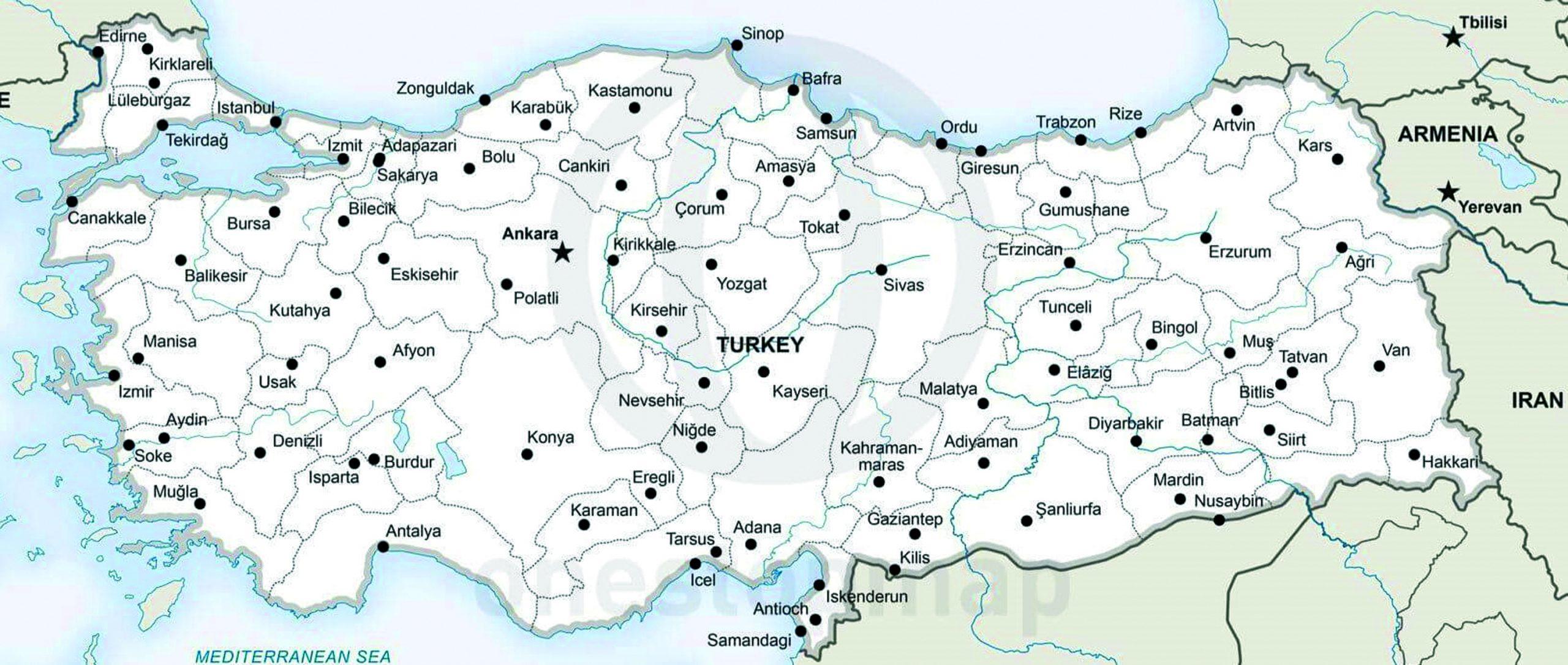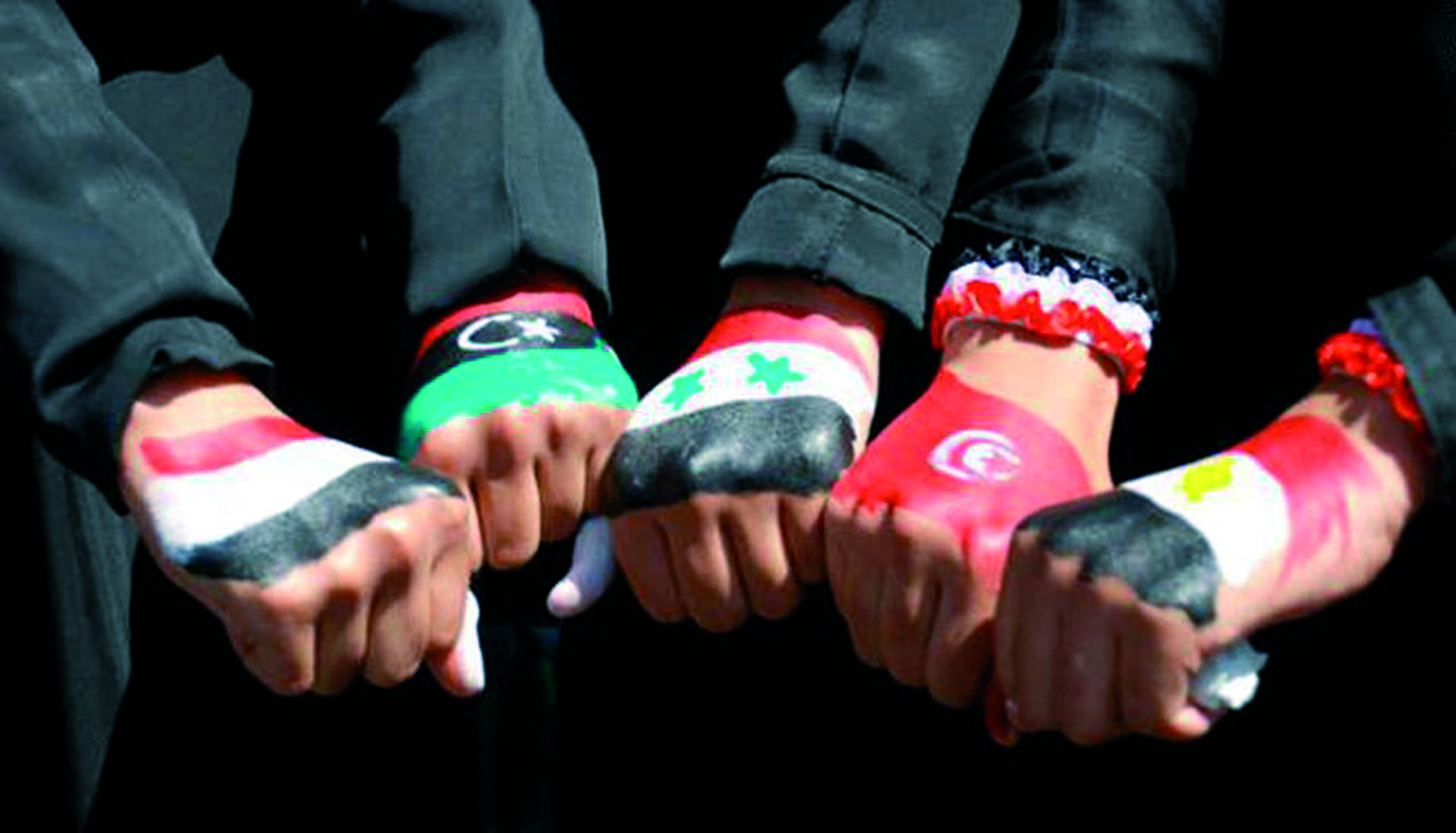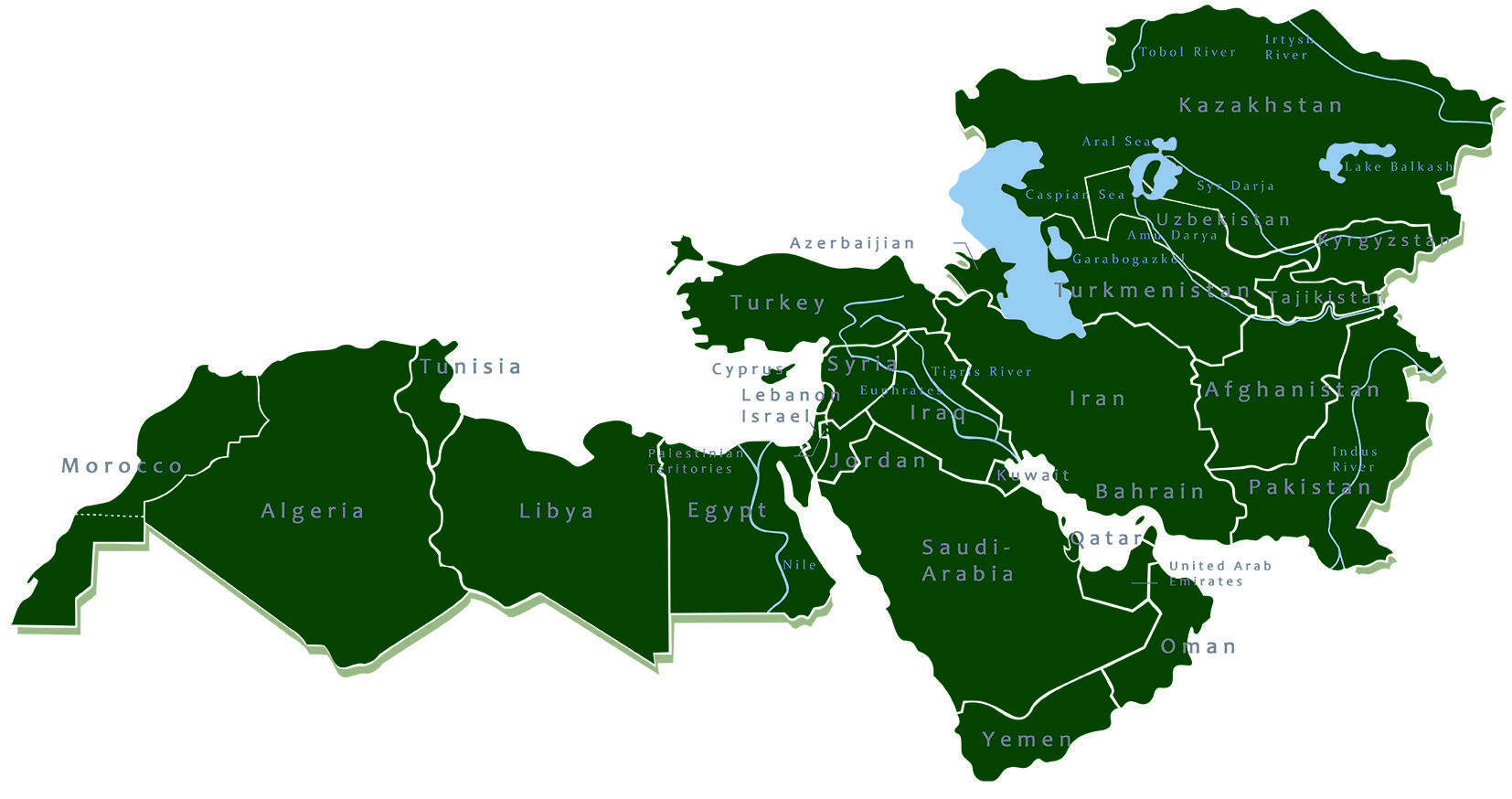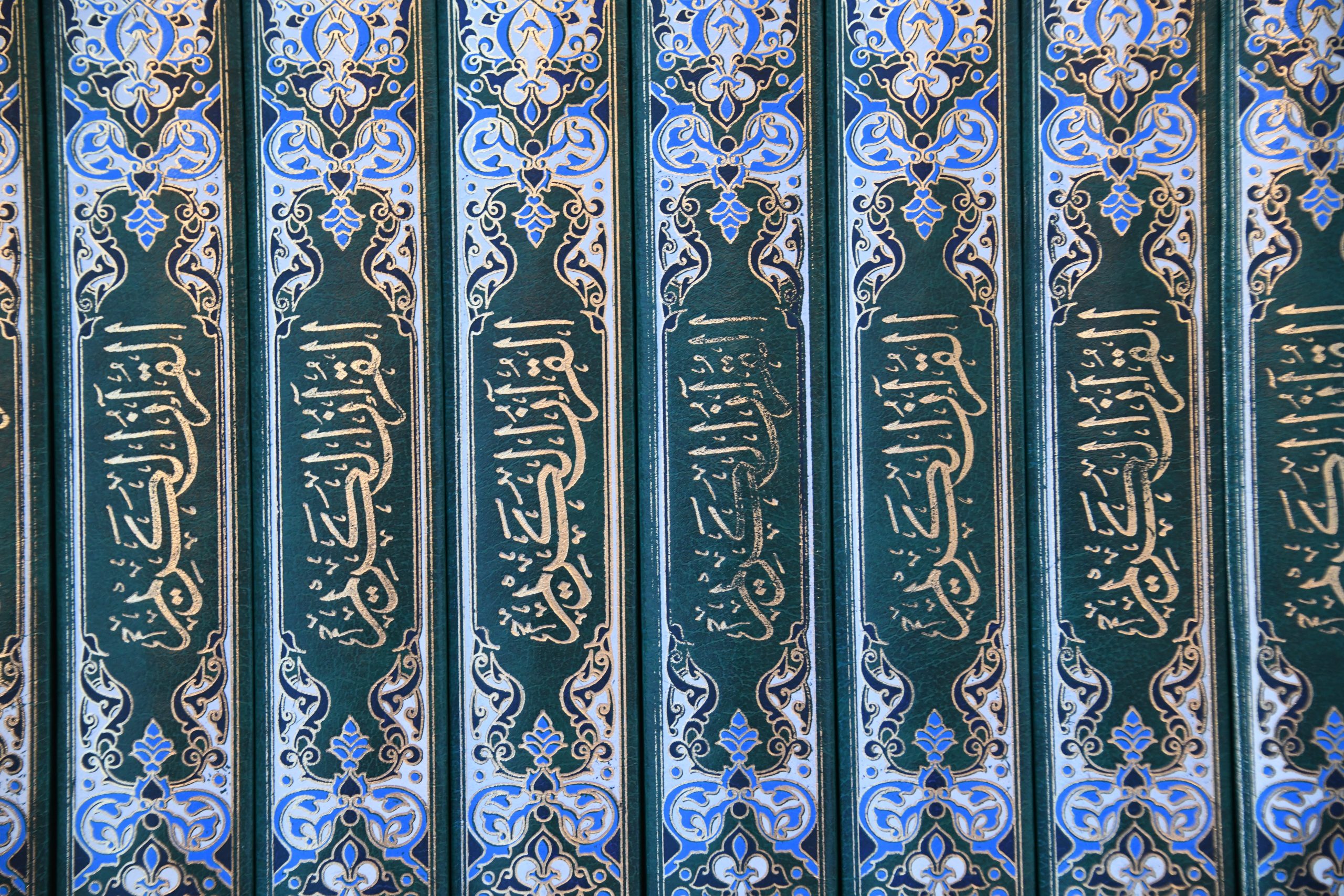ORIENT III 2015: Political developments in Israel and Palestine
Purchase the full Issue here:
26,00 € incl. VAT plus Shipping CostsSelect options This product has multiple variants. The options may be chosen on the product page
Access Issue with Subscription:
Editorial
Dear ORIENT readers,
Looking at the lack of progress in the IsraelPalestinian conflict, many experts have lost hope that a two-state solution on the basis of UNSC resolutions will be achieved in the near future. This issue of ORIENT looks into recent developments and the basic facts of the IsraeliPalestinian conflict.
What are new developments and what are constants in the conflict? Over the course of recent years, different trends have seemingly reshaped the dispute: Israel’s political landscape appears more divided and hawkish than ever, while the PA has begun to strengthen its position by means of international recognition. What are we to make of these developments? Have the recent Gaza War in 2014 and the Israeli elections of March 2015 had an impact on the status quo? What are the chances of agreement on a solution acceptable to both sides?
Dr. Margret Johannsen analyses the statebuilding attempts of the PA after the Oslo agreeements. Prof. Dr. Ilan Pappé sheds light on critical approaches to Israeli historiography and stresses the need to consider such factors when aiming for a solution. Omar Shaban focuses on the relations between Hamas and Israel, stressing how there are signs of secret communication. Following that, Peter Lintl explains the goals and differences of Israeli parties before Dr. Michael Borchard analyses the recent elections in Israel. Dr. Benedetta Berti subsequently delves into the question of defining and categorising Hamas. Finally, Prof. Dr. Gerald M. Steinberg examines Israeli foreign policy in light of regional and international developments since 2010.
I hope that the current issue will provide you with worthwhile insights and new perspectives on the current situation in Israel and Palestine.
Dr. Gunter Mulack
Director of the German Orient-Institute






